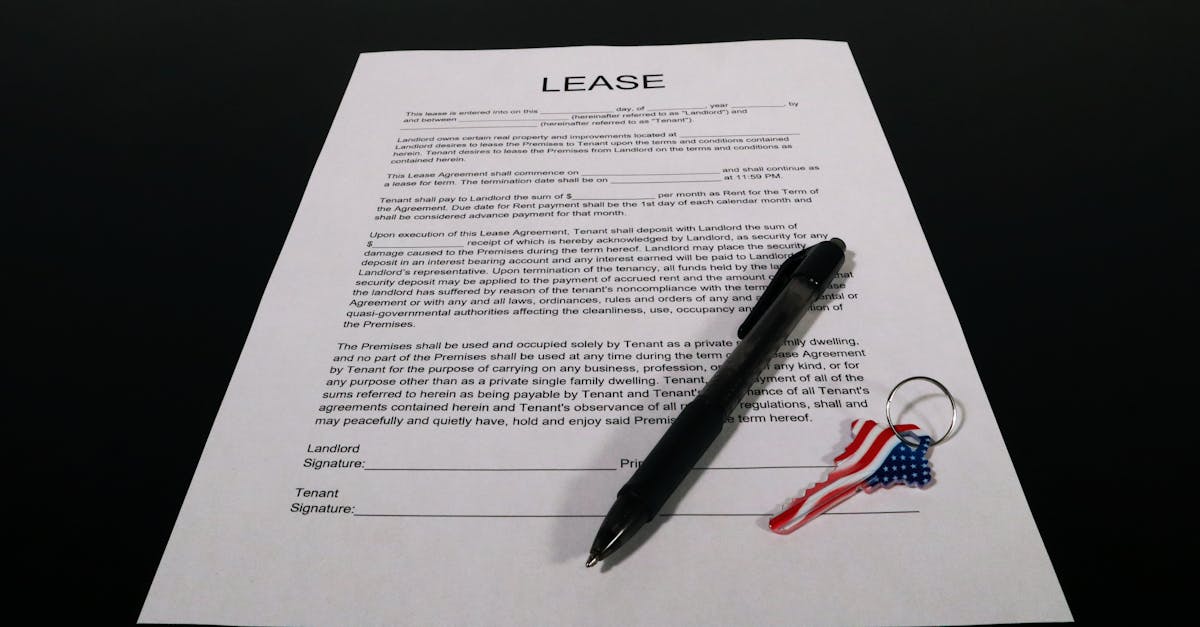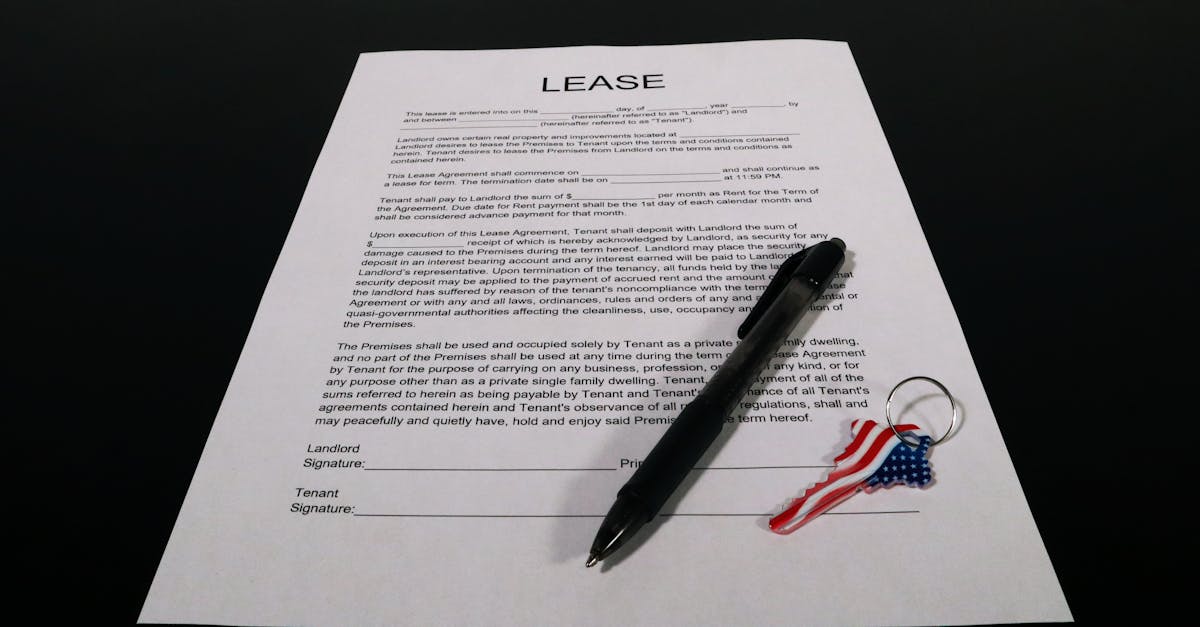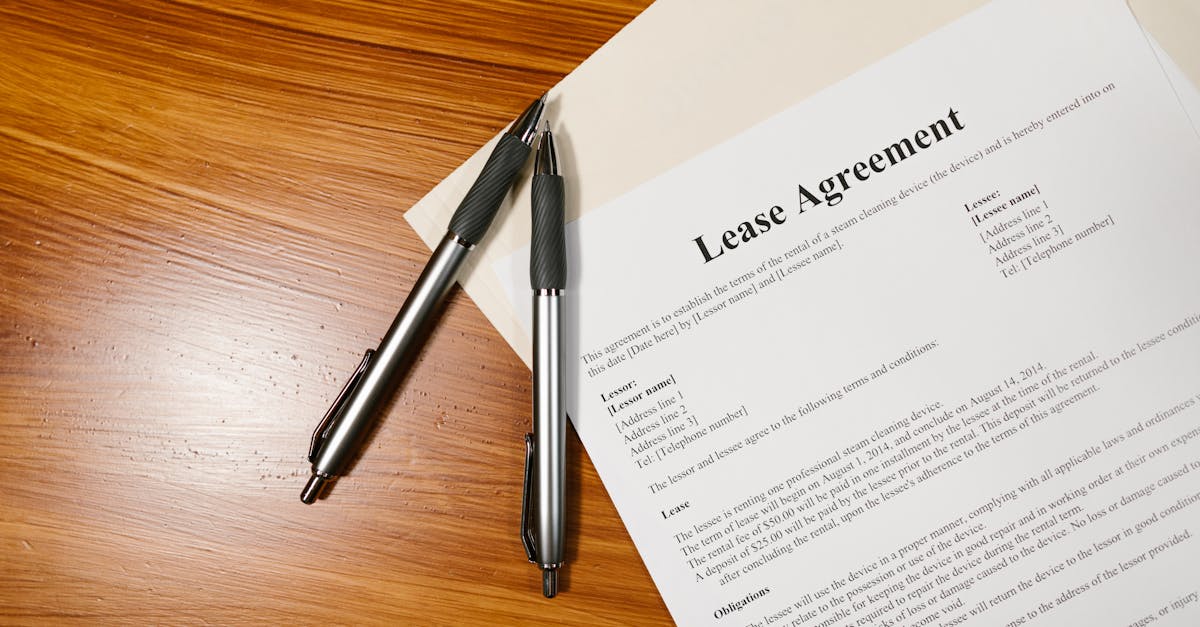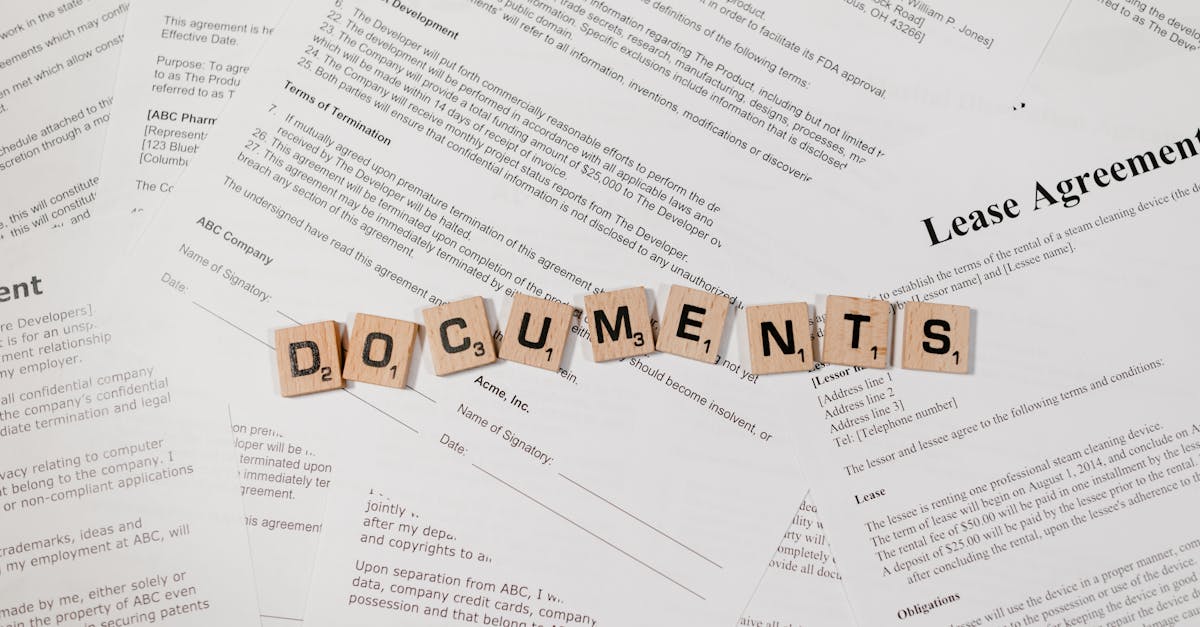
Introduction
Paperwork is the silent drain on every property manager’s day: slow lease creation stalls move‑ins, inconsistent contract language invites disputes, late or missing rent notices squeeze cash flow, and scattered tenant records make renewals and evictions unnecessarily painful. If you recognize longer vacancy days, frustrated tenants, or a glut of ad‑hoc emails and PDFs, this guide is written for you.
How automation helps — centralize legally vetted business templates, enable e‑signatures, automate recurring invoices and staged late notices, and keep timestamped, exportable records for eviction and compliance needs. Below you’ll find practical workflows and ready‑to‑use templates for fixed‑term and month‑to‑month leases, rent invoicing and payment collection, templated eviction notices with evidence collection, tenant communications and maintenance workflows, plus retention and encryption best practices to keep records audit‑ready.
Paperwork pain points for property managers and how automation reduces churn
Common pain points
-
Manual lease creation and signature collection that delay move‑ins and increase vacancy days.
-
Inconsistent contract language across units that leads to disputes and legal risk.
-
Slow or missing rent notices and invoices that hurt cash flow and tenant relations.
-
Scattered tenant records and maintenance histories that make dispute resolution and renewals cumbersome.
How automation reduces churn
Automating paperwork with standardized business templates eliminates repetitive work and enforces consistency. Using ready-made templates (lease, invoice, notice) reduces drafting errors and ensures legal clauses are applied uniformly across properties.
Automation features to prioritize:
- Template libraries: Centralized, versioned business templates and small business document templates so every manager uses the same language.
- E-signatures and workflows: Faster move‑ins, fewer dropouts during onboarding, and reliable audit trails.
- Auto reminders: Rent and renewal reminders sent automatically reduce late payments and tenant frustration.
- Integrated records: Maintenance logs, communication threads and invoices tied to tenant profiles improve responsiveness and retention.
Quick wins
-
Start with an invoice template and recurring payment rules to stabilize cash flow.
-
Replace ad hoc emails with templated notices to reduce disputes and accelerate resolutions.
Template strategy: when to use fixed‑term leases, month‑to‑month agreements and room rental forms
Match the template to the business need
Fixed‑term leases
Use fixed‑term residential leases for standard tenancies where predictability matters (e.g., multi‑unit apartment rents, corporate leases). They lock in rent, renewal windows and responsibilities, reducing churn from mid‑term moves. You can start with a certified fixed‑term lease template such as the one at Formtify for California: fixed‑term lease.
Month‑to‑month agreements
Choose month‑to‑month when you need flexibility—shorter notice periods and easier rent adjustments. This is a good fit for transitional housing, short retention experiments, and markets with high demand. Use a vetted month‑to‑month agreement and automate renewal prompts and notice deadlines.
Room rental forms
For shared homes and roommate scenarios, use specialized room rental agreements that spell out shared area rules, utilities and sublet policies. A focused room rental form reduces interpersonal disputes and speeds enforcement.
Practical tips
-
Keep an editable business template master in Word or Google Docs so legal updates and branding stay consistent; offer versions for business templates Word and business templates Google Docs.
-
Maintain a policy for when to switch from fixed‑term to month‑to‑month at lease renewal to balance retention and flexibility.
-
Document custom clauses as addendums rather than editing the master template to preserve a clean audit trail.
Automating rent invoicing, recurring payments and late‑fee notices
Set up predictable invoicing
Use an invoice template that includes tenant details, unit IDs, due dates, accepted payment methods and late‑fee terms. Templates standardize communication and make reconciliation faster.
Recurring payments and reconciliations
-
Enable recurring invoices and automated payment collection to reduce manual follow‑up and missed rent.
-
Integrate payment gateways and bank reconciliation to match receipts against invoices automatically.
-
Provide multiple delivery formats—PDF for formal records and a Google Docs or Word copy for quick edits (business templates Google Docs, business templates Word).
Late fees and escalation
-
Automate staged reminders: courtesy notice → late‑fee invoice → formal late notice. Keep templates for each stage to preserve consistency.
-
Record every sent notice in the tenant’s file to support later collections or legal action; these records are part of an audit‑ready workflow.
Options and accessibility
-
Offer tenants online portals and payment links to reduce friction.
-
Provide downloadable templates for tenants or accounting teams—consider offering both business templates free and premium branded versions for stakeholders.
Eviction workflows: templated notices, evidence collection and audit‑ready records
Use templates to get legal notices right
Start eviction workflows with a legally vetted notice template to ensure timing and language comply with local laws. For California, see a compliant eviction notice template as a model.
Templated notices and timeline management
-
Create a library of templates: pay‑or‑quit, cure‑or‑quit, 30/60/90‑day notices, and unlawful detainer prefixes. Templates reduce errors and speed up service.
-
Automate scheduling and delivery so deadlines are not missed—this is critical for court admissibility.
Evidence collection
-
Capture photos, inspection reports, maintenance requests and communication logs in a single tenant record.
-
Use timestamped files and tamper‑evident storage so evidence remains admissible; keep a clear chain of custody for each item.
Audit‑ready records
-
Store notices, service receipts, vendor invoices and correspondences together to create a cohesive eviction packet for counsel or the court.
-
Maintain exportable folders for each case to simplify legal review and demonstrate compliance with notice requirements.
Tenant communications and maintenance request templates that feed workflows
Standardize tenant touch points
Use templates for move‑in communications, maintenance requests, rent reminders and renewal offers to create predictable tenant experiences. Structured templates let you route requests automatically to the right team or vendor.
Maintenance request best practices
-
Use a short form that captures unit, issue type, urgency and preferred access times—this feeds service tickets and SLAs.
-
Attach a vendor proposal template or purchase order when a repair exceeds a cost threshold to speed approvals and recordkeeping.
Communication flows
-
Automate acknowledgements, status updates and completion notices so tenants always know where their request stands.
-
Keep templated escalation messages for unresolved items and integrate with team tools; a simple meeting agenda template helps operations teams triage recurring problems.
Linking templates to outcomes
-
Track which templates reduce repeat requests and which increase tenant satisfaction; iterate on wording and process based on data.
-
Provide tenants with downloadable documents (renter FAQs, parking rules, invoice receipts) so they have clear expectations and fewer follow‑up questions.
Retention, encryption and compliance: best practices for storing tenant records and PII
Retention policies
Define how long to keep leases, notices, payment records, background checks and PII based on local law and business needs. Use tiered retention: active tenant data, short‑term archives, and legal‑hold storage.
Security controls
-
Encrypt data at rest and in transit. Protect PII with role‑based access and multi‑factor authentication.
-
Log access and changes to templates and tenant records for accountability.
Compliance and auditability
-
Keep versioned business templates and an approval log to show who edited or approved policy language (this helps with compliance and regulatory review).
-
Maintain exportable, timestamped bundles of tenant files when responding to audits or legal requests.
Practical checklist
-
Create and publish company policy templates (retention schedule, privacy policy, data breach response).
-
Offer secure document download options for tenants (invoices, lease copies) and capture acknowledgement receipts.
-
Review retention and encryption practices annually and after any major legal or regulatory change.
Summary
Paperwork bottlenecks—from drafting inconsistent leases to chasing late rent and assembling eviction evidence—are solvable with clear, automated workflows that centralize vetted templates, enforce version control, and create timestamped, exportable records. For HR and legal teams, document automation reduces manual review, preserves audit trails for compliance, and speeds approvals while keeping room for governed custom clauses. Start by standardizing core business templates, automating recurring invoices and staged notices, and protecting tenant PII with encryption and role‑based access. Ready to get started? Explore templates and starter workflows at https://formtify.app.
FAQs
What are business templates?
Business templates are pre‑formatted documents—leases, invoices, notices, policies—that standardize language and layout so teams can produce consistent, legally vetted paperwork faster. They remove repetitive drafting work and make it easier to enforce company policy and track version history for compliance.
How do I create a business template in Microsoft Word?
Start with a clean master document that includes placeholders for variable data (names, dates, amounts) and clearly labeled sections for custom clauses. Use styles and protected form fields so users can only edit the intended parts, then save the file as a Word template (.dotx) and keep a versioned master for legal review.
Where can I download free business templates?
Free templates are available from software vendors, government resources, and template libraries—many provide basic lease, invoice, and notice forms you can adapt. For a focused collection with automation-ready options, check providers that offer e‑signature and workflow support to reduce manual steps.
Do I need to customize templates for legal compliance?
Yes. Laws vary by jurisdiction and property type, so you should tailor templates to local regulations and your business policies. Have counsel or a compliance lead review changes, keep addendums rather than altering masters, and maintain an approval log for each template version.
Can I sell business templates?
Yes—many creators sell templates, but you should consider licensing, liability disclaimers, and the need to update templates for legal changes. Clearly state whether templates include jurisdictional legal review and provide upgrade or support options if buyers expect compliance updates.





